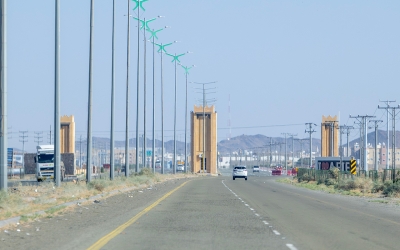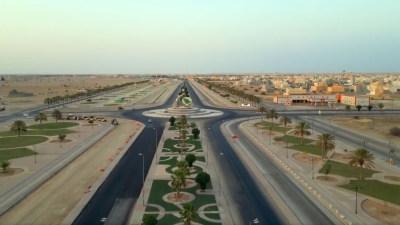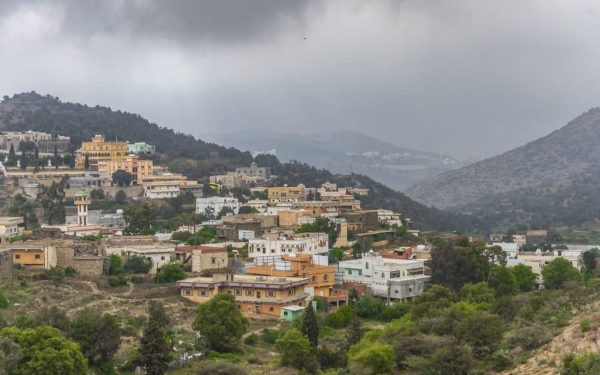
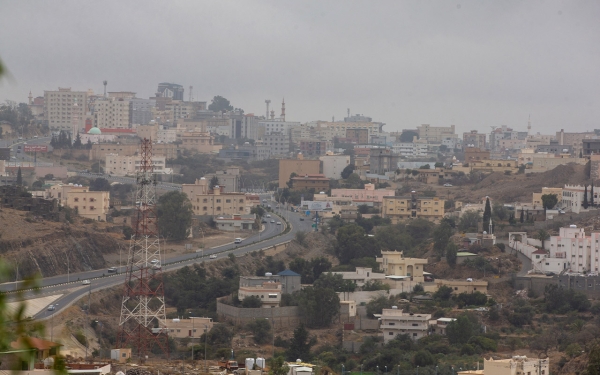
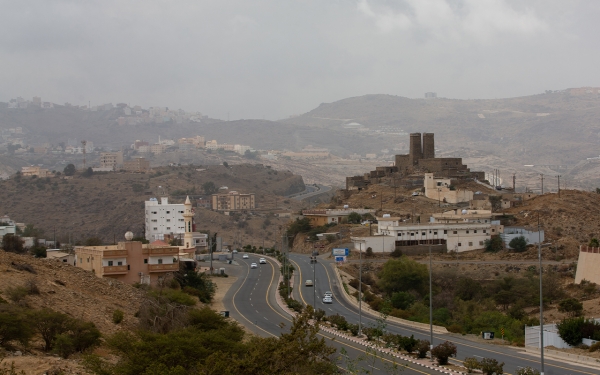
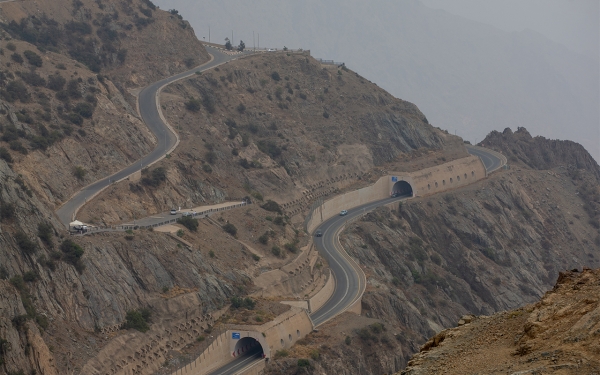
Al-Bahah Province (romanized: Minṭaqat al Bāẖah) is one of the thirteen administrative regions in the Kingdom of Saudi Arabia, the smallest in terms of area and the lowest in terms of population, according to the 2022 Saudi Census. It is located southwest of the Kingdom, 885 km west of the capital Riyadh, positioned midway between Makkah al-Mukarramah and Aseer provinces. It is surrounded by Makkah al-Mukarramah Province from the north and west and by Aseer Province from the east and south.
Emirate of al-Bahah Province
The Emirate of al-Bahah Province was established after the unification of the Kingdom. It operates from its headquarters in al-Bahah city, located on King Fahd Road, and takes the visual identity of the Ministry of Interior as its logo. Each emirate has a governor appointed by Royal Decree at the rank of minister. In 2017, a decision was issued to appoint Prince Hussam Bin Saud Bin Abdulaziz as the governor of al-Bahah Province.
Governorates of al-Bahah Province
Its geographical and administrative scope includes the headquarters of the emirate of the province and nine governorates. They are Baljurashi, al-Mendaq, al-Makhwat, Aqeeq, Qalwa, al-Qurrah, Bani Hassan, Ghamid al-Zinad, and al-Hajrah, in addition to forty-two centers. Al-Bahah serves as the province’s administrative capital, the emirate of the province's headquarters, and the home of the majority of the population.
Surface area of al-Bahah Province
Al-Bahah Province has an area of twelve thousand km, equivalent to 0.6 percent of the Kingdom's area. Al-Aqeeq Governorate constitutes the largest portion of its expanse, whereas Ghamid al-Zinad is the smallest of its governorates.
Due to the small size of al-Bahah Province and its multiple governorates, all governorates are located at distances that can be traveled by land in at least half an hour to Baljurashi and up to an hour and a half to Ghamid al-Zinad.
Population of al-Bahah Province
Al-Bahah Province has an estimated population of 339,174 people according to the 2022 Saudi Census, equivalent to just 1.05 percent of the total population of the Kingdom. Its population density is about twenty-eight people per km2 of its land. The Saudi population constitutes the majority, accounting for 74 percent of the total population in the area.
Locals use the domestic King Saud Bin Abdulaziz Airport in al-Aqeeq Governorate, situated around forty km from the headquarters of the emirate.
Geography of al-Bahah Province
In terms of geography, al-Bahah Province can be divided into two parts: the flatland of the Tihama plains and the mountainous area of the Sarat Hejaz mountain range. Al-Bahah ranks fifth among the Kingdom’s provinces with respect to having the highest mountain peaks, with the province’s maximum altitude of 2,447 m above sea level at Mount Uthreb, southeast of Baljurashi.
Historically, al-Bahah Province used to be an ancient settlement site. The geographical diversity of its location served as a magnet for human congregations throughout the ages, as it combines mountainous and plain areas, besides its proximity to the Red Sea coast.
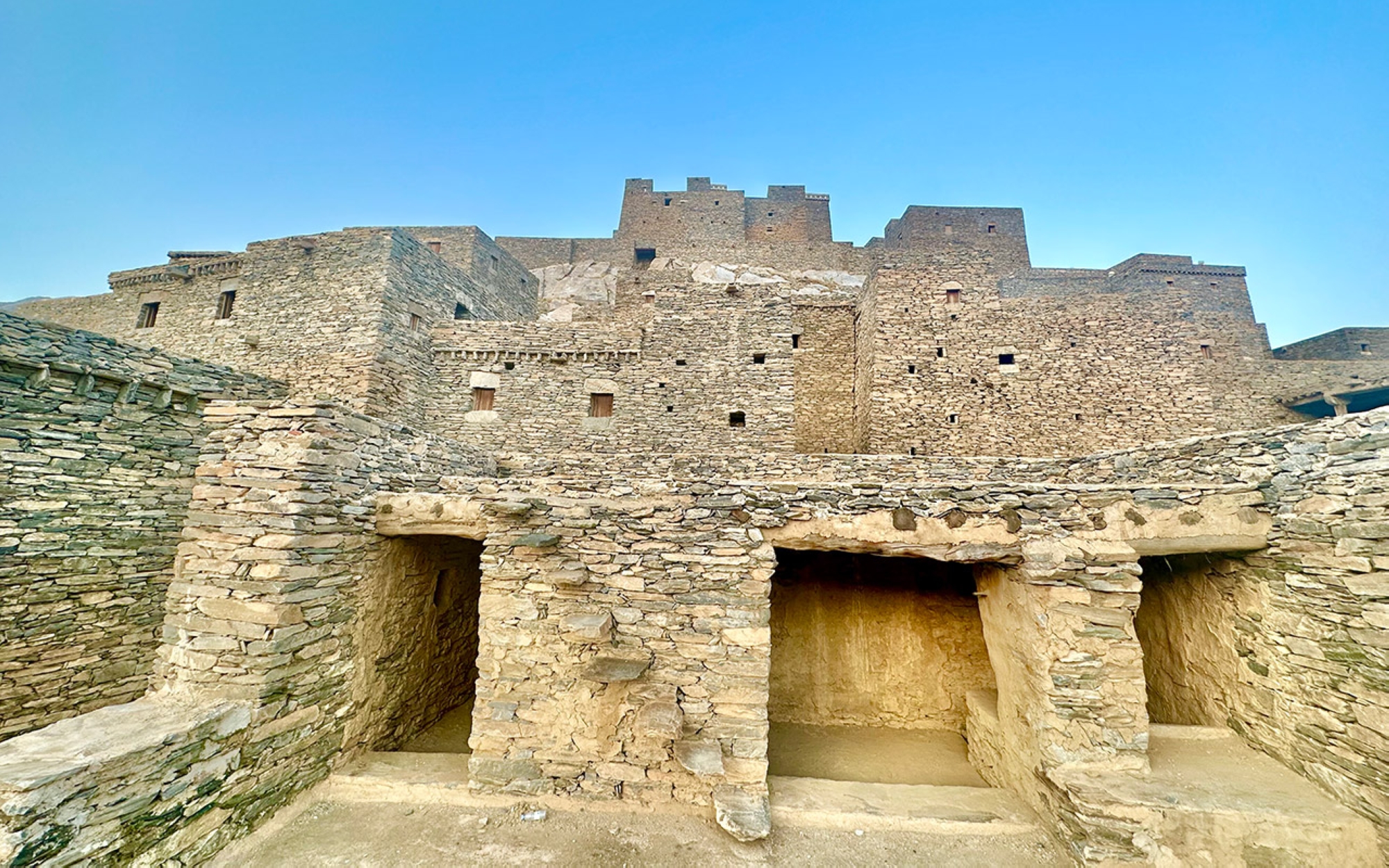
Monuments of al-Bahah Province
Al-Bahah Province includes monuments dating back to the Lower and Upper Paleolithic Age in a variety of locations, mainly: al-Harita site, Jabal al-Nir west of Makhwat Governorate, Aysan Mountains, and the Khara’ib Ma’shuqa ruins, which contain the remnants of twenty villages on the province’s eastern and western highlands, as well as Dhi Ayn archaeological village, dating back to the sixteenth century, located on the peak of a white-stone mountain, and is one of the most prominent tourist attractions in the province. In olden times, the village was renowned for its abundance of agricultural crops, including bananas, lemons, and basils.
Al-Bahah Province is classified as an environmentally sustainable region. According to UN-Habitat's City Prosperity Initiative (CPI), al-Bahah achieves high indicators in environmental sustainability standards at 61.7 percent and quality of life standards at 62.9 percent.
Historical popular markets in al-Bahah Province
Al-Bahah Province is home to historical buildings, villages, and popular markets. Agriculture is the mainstay of the province’s economy. Whereas stock raising is widespread in the flatlands, farming is prevalent in the highlands, shaped as stepped terraces and whose mountains are covered with juniper trees, as well as fruit, grain, and animal feed farmlands.
The province is home to one public university, located in the administrative capital, al-Bahah city, and bearing its name. It has branches in four governorates: Qalwa, al-Mendaq, al-Makhwat, and Baljurashi. It has eleven public hospitals spread across its governorates, with a total capacity of 1,295 beds.
Climate of al-Bahah Province
A dry, continental climate prevails in al-Bahah Province, and its elevation above sea level and exposure to moist winds blowing from the Tihama plains milden temperatures in the spring and summer. In the winter, the same factors result in bitter cold and plummeting temperatures, sometimes reaching ten degrees Celsius, with frequent rainfall year-round.
Related quizzes
Related articles

